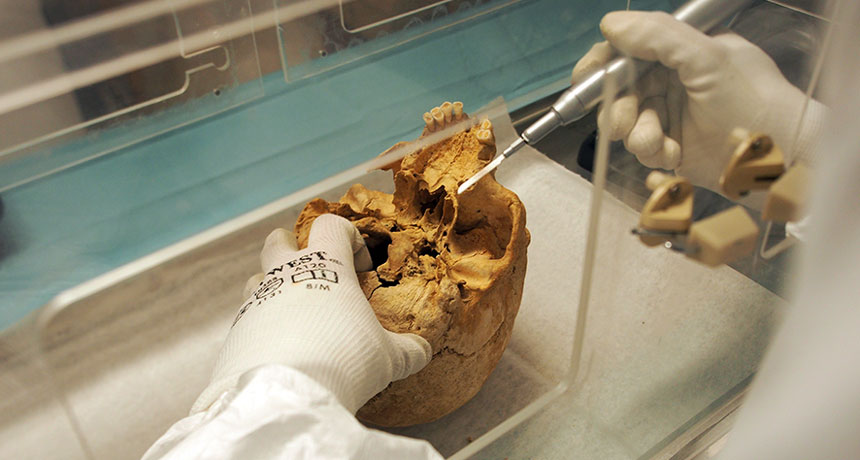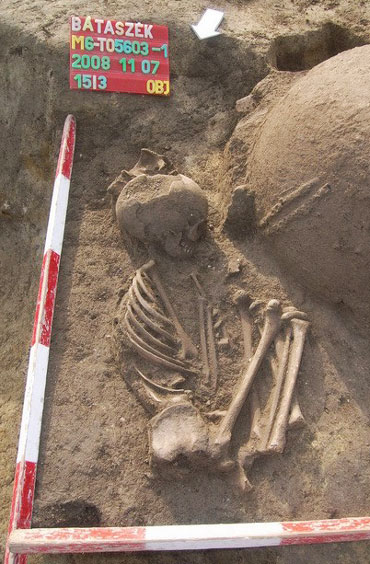
Thousands of years ago, hunter-gatherers native to Europe and incoming farmers from what’s now Turkey got up close and personal for a surprisingly long time, researchers say.
This mixing reshaped the continent’s genetic profile differently from one region to another.Ancient DNA from foragers and farmers in eastern, central and western Europe indicates that they increasingly mated with each other from around 8,000 to nearly 4,000 years ago, a team led by geneticist Mark Lipson of Harvard Medical School in Boston reports online November 8 in Nature. That time range covers much of Europe’s Neolithic period, which was characterized by the spread of farming, animal domestication and polished stone tools.
The new findings lend support to the idea that Europe and western Asia witnessed substantial human population growth and migrations during the Neolithic, says archaeologist Peter Bellwood of Australian National University in Canberra. So much mating occurred over such a long time that “geneticists can no longer assume that living people across Europe are a precise reflection of European genetic history,” he says.
Ancient Europe hosted increasing interbreeding between incoming farmers and native hunter-gatherers over several thousand years, a new genetic study finds. Genetic signs of hunter-gatherer ancestry appeared among some of the earliest farmers in Europe, including this individual found at a Hungarian site up to 7,000 years old.

Previous studies of ancient DNA indicated that farmers in…
The post Ancient European farmers and foragers hooked up big time appeared first on FeedBox.